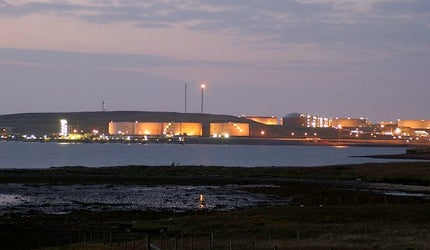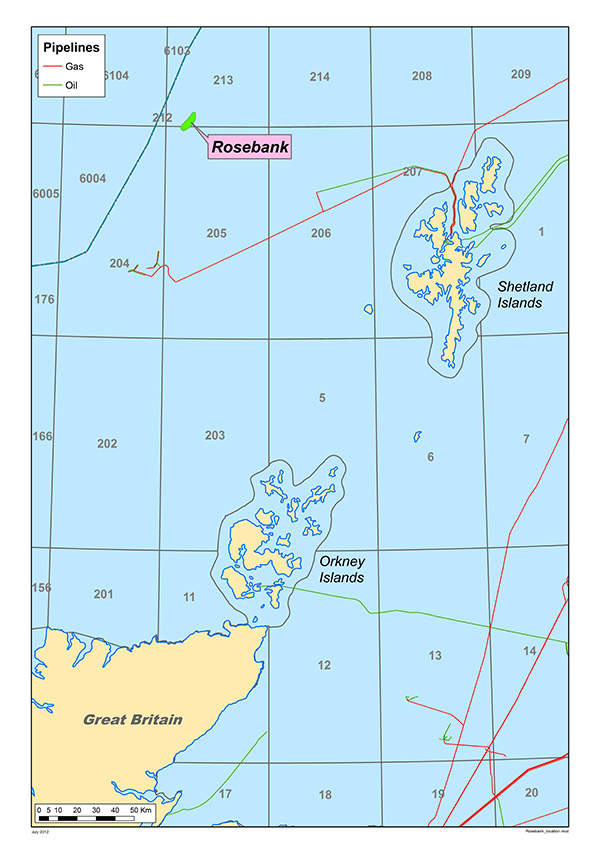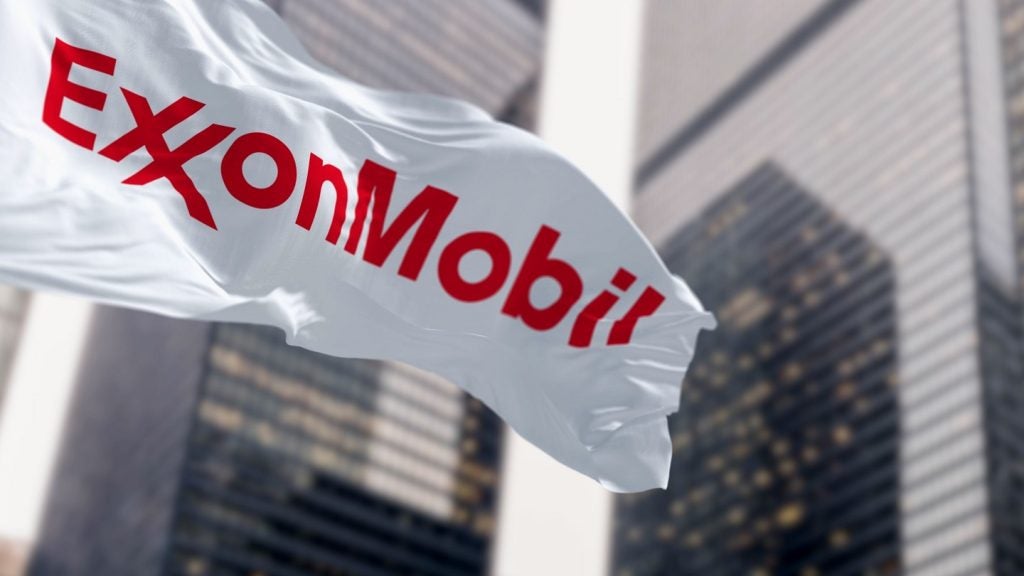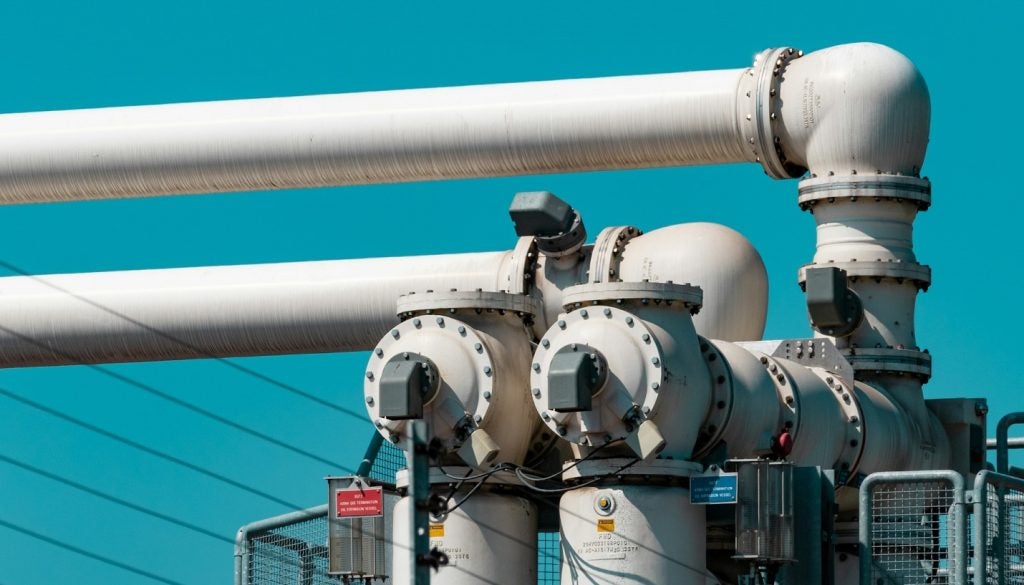
Rosebank oil and gas field is located offshore of the Shetland Islands, in the UK. It lies in blocks 213/26 and 213/27 of production licence 1026 in 1,100m (3,700ft) of water.
Chevron is the operator of the field with 40% interest. Partners include Statoil (30%), OMV (20%) and Dong Exploration & Production (ten percent).
Rosebank is considered one of the biggest prospects in the UK Continental Shelf. The partners have acquired majority of the acreage surrounding the field where other prospects may lie. Chevron plans to invest billions of dollars ($6-8bn) in the development of the field.
The project is currently in the front-end engineering and design (FEED) stage. Final investment decision on the project is expected in early 2013 followed by a drilling programme in 2015. First production is expected in 2017.
Discovery of Rosebank Field
The field was discovered in December 2004 with the drilling of the 213/27-1Z well in the Faroe-Shetland Channel. The well was drilled by the West Navigator drillship. It struck two oil and gas accumulations with a net pay of 169ft.
Chevron invested $327m to appraise the field in 2007. In July 2007, the field was successfully appraised with the drilling of the 205/1-1 well.
The well was drilled to a depth of 2,743m (9,000ft) by the Transocean Rather drillship. It flowed at the rate of 6,000 barrels a day (bpd) and encountered 24m (80ft) of 37° API light oil. The well was part of a three-well appraisal programme undertaken for the area.
Geology and development of the oil and gas discovery
Rosebank reservoir is an intra and sub basalt four way inversion structure. It is made of siliciclastic fluvial and shallow marine sandstones. The field is estimated to hold about 240 million barrels of oil equivalent.
Development of the field is expected to present several challenges due to harsh environmental conditions. The area is also largely undeveloped with the absence of any infrastructure.
In 2011, Chevron completed the field development plan for the project. The development plan aims to achieve first production at the rate of 75,000bpd and 100,000 million cubic feet of gas a day. About 15 subsea production wells and water injection wells will be drilled from four subsea manifolds.
Produced oil will be offloaded from a floating production, storage and offloading (FPSO) on to shuttle tankers. Gas will be processed on the FPSO and exported onshore to the Shetland Islands through a new pipeline, or through BP’s West of Shetland pipeline to the Sullom Voe terminal.
Infrastructure of Chevron’s field
An FPSO facility and a newly built semi-submersible drilling rig will be used to develop the field. The FPSO will be designed with a crude oil storage capacity of 800,000-1.3 million barrels. FEED study for the FPSO is expected to commence in the second half of 2012.
The semi-submersible drilling rig will be designed to operate in harsh environments of the North Sea. It will be installed at a depth of 7,500ft of water. A charter contract at a cost of $450,000-$500,000 a day is expected to be signed for the rig.
Contracts awarded for Rosebank oil and gas field
Related project
Clair Field, Shetlands, United Kingdom
When it was discovered in 1977, Clair Field was the largest discovered but undeveloped hydrocarbon resource on the UKCS.
Seabird Exploration carried out ocean bottom node surveys over the field in two stages in 2010 and 2011. The surveys were required for reservoir imaging and characterisation.
Metocean Services International carried out a deepwater current measurement programme for the field. The data is required for the design, construction and installation of the production facilities at the field.
WorleyParsons carried out the pre-FEED for the FPSO. In July 2012, it won the contract for the FEED study as well. It will carry out the study along with IntecSea.
Seadrill, Fred Olsen, Transocean, Stena and Odfjell are competing to win the contract for the semi-submersible drilling rig. Seadrill already has the West Mistra and West Rigel rigs under construction.
Fred Olsen also has a rig under construction and Odfjell is in discussions with Daewoo Shipbuilding & Marine Engineering for construction of a new rig.










